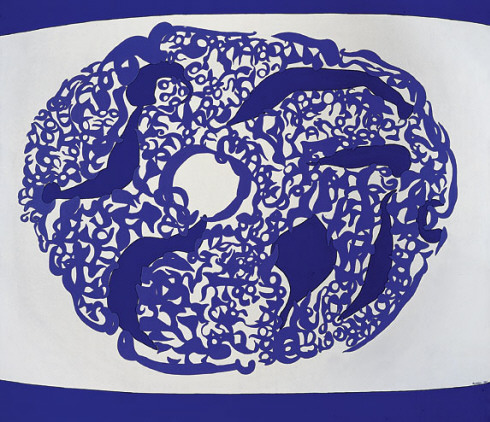Buying High End Art, A Peculiar Market
November 14, 2013 in Daily Bulletin
How is the value of art determined? Systematic price rigging, explains Allison Schrager:
- Expensive art is sold in a very different way to most commodities. The price of an individual piece of artwork is not public knowledge, and sales are negotiated with individuals collectors.
- Primary sales (from the artist to the buyer, as opposed to from owner to owner) predominantly occur through art galleries. Sales are negotiated by art dealers (who own/work at galleries).
- Art dealers have to set prices exactly right. If the art is too cheap, it is seen as being of poor quality. If the price is too high it won’t be bought. If it isn’t bought at a given price, the artist is viewed as being overvalued. And lowering prices is an easy way to destroy an upcoming artist’s career and harm a gallery’s reputation
- Galleries hate art being sold on the secondary market (owner/owner). This is generally done at an auction house, and the final price could be anything. In the art world prices mean reputation, and so galleries will often send agents to auctions to bid up prices.
- Re-selling art without a gallery’s permission is serious for anyone in the art world. Think being permanently outcast from the industry
- Artists do of course want to be exhibited at high end galleries. The Guggenheim, for example, often gets art for around 30% less than other buyers.
For an excellent article about a highly controlled, manipulated market click here. But before you get too outraged about price fixing, remember it’s only the richest who are paying too much. As Schrager puts it, “Being outraged at the practice of high-end art price rigging is like being upset that the market for high end yachts is inefficient”
Pictured: Blue Concentric by Carla Accardi, 1960.
Source: Quartz

Join the Discussion! (No Signup Required)